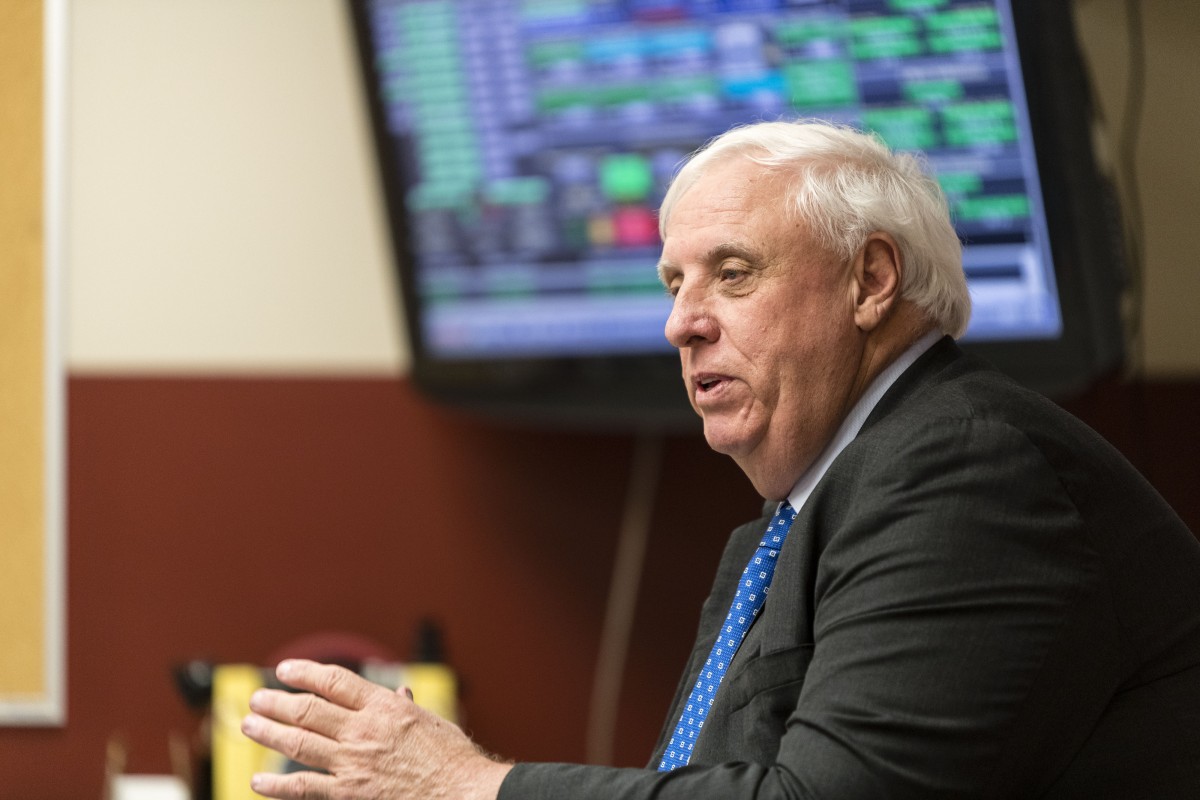Newly released research by the progressive think tank Center for American Progress found that as much as $8 billion could find its way into the rural economy as a result of conservation programs designed to counteract climate change.
Data from government agencies such as the U.S. Department of Agriculture and the Environmental Protection Agency show that the impact of climate change is felt hardest across rural America.
“Shifting weather patterns are one of the most noticeable changes,” the report says. “For example, in Iowa, the past 18 months have been the wettest on record, according to the Iowa Department of Natural Resources. Iowa climatologists cite climate change as one of the key causes of flooding in the state.”
The research identified five areas for policy overhaul: increasing soil health and sequestering carbon, renewable energy, and energy efficiency improvements, access to broadband, protecting rural lands from development and keeping water clean, and preventing runoff and reducing farm electricity costs with methane digesters.
According to the center, increasing investments in already existing federal programs (such as the Conservation Stewardship Program, the Environmental Quality Incentives Program, the Agricultural Conservation Easement Program, and the Regional Conservation Partnership Program), as well as adding 100 million acres of program-eligible farmland could have a huge economic impact on the farmers.
Lands are the world’s largest, most powerful carbon sink, and farmers can play a role in fighting climate change by adopting practices that improve soil health, capture and sequester carbon, and prevent soil erosion and runoff into waterways[…]This investment could drive an additional $3.5 billion of annual revenues to farms and an estimated $1.4 billion in cost savings[…]For the average-sized family farm, which has 443 acres, that’s up to $21,707 a year in additional annual income.
The organization would also like to see new authority granted to Congress, expanding its ability to protect and improve soil health, through establishing a national goal of protecting 30 percent of U.S. lands by 2030 and expanding the USDA Forest Legacy Program.
Other recommendations include comprehensive updates to the rural electric grid and broadband accessibility through the “dig once” approach and expansion of existing USDA Rural Utilities Service programs.
“Congress should explore options for allocating grants, low-interest loans, and loan guarantees to rural electric co-ops […] to expand broadband access in rural-remote areas left behind by the private market.”
According to the USDA, universal deployment of broadband-enabled precision technology could reduce water use by 30 percent, cut herbicide reliance significantly, reduce fuel use by 10 percent, and increase yields by 70 percent, generating cost savings of approximately $47 billion to $65 billion annually in additional gross benefit for the U.S. economy.
Researchers hope that beyond improving rural economies these policy changes and investments could help preserve the way of life and cultural heritage of rural America.
This piece was originally published by The Center for American Progress.



